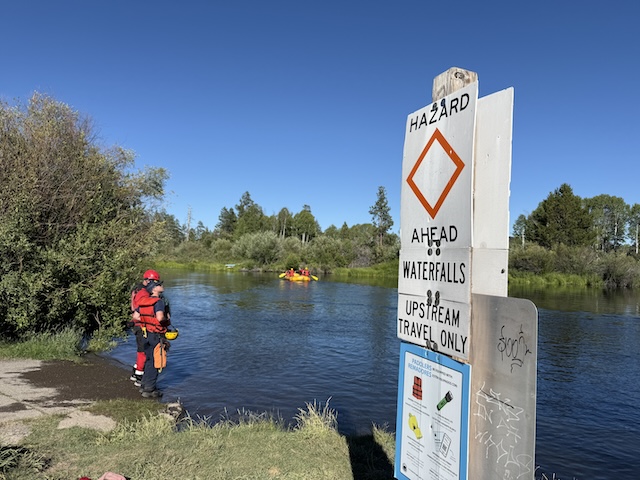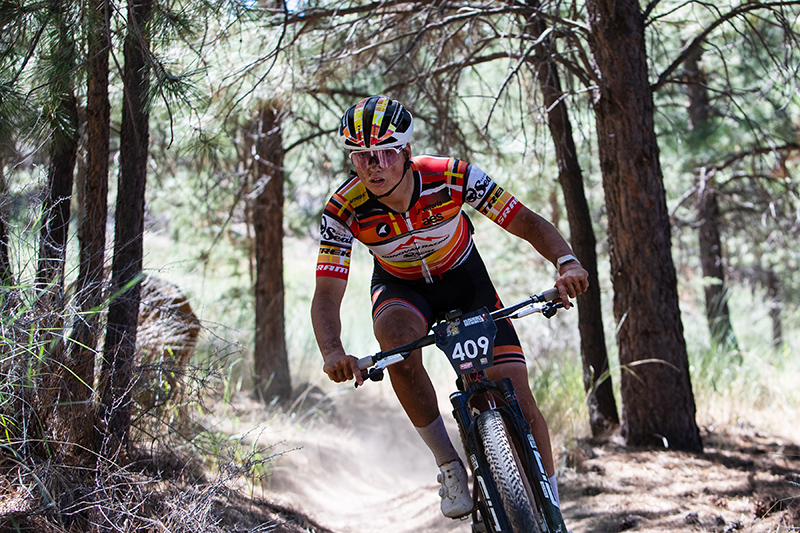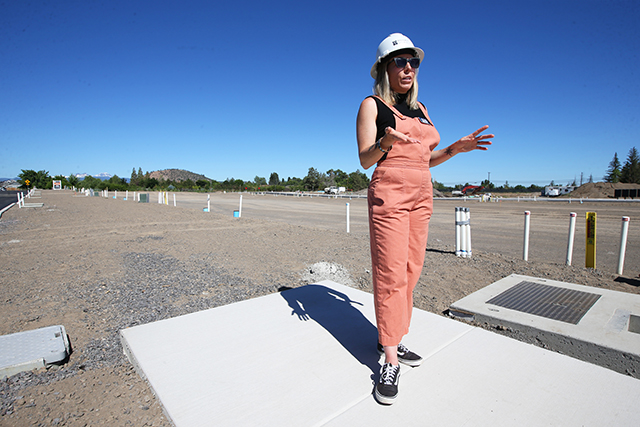WWII WASP Betty Haas Pfister always loved to fly
Published 4:00 am Sunday, December 4, 2011
“No, no, you can’t go up!” Betty Haas’ father insisted that day in 1940 when the family went to an air show in Bennington, Vt. But when her parents left, Haas, then 19, sneaked back to the airfield, paid a dollar and, as she liked to say, “squished into a seat” for a ride on a tiny plane.
It was the first of hundreds of flights that Betty Haas Pfister would make — dozens as a member of the Women Airforce Service Pilots, or WASPs, during World War II, and many more as one of the nation’s most successful female competitive pilots. (And not counting those as a Pan Am stewardess in the days when women had a much harder time getting hired as pilots.)
Trending
Haas Pfister, a two-time winner of the All Women’s International Air Race, died Nov. 17 at her home in Aspen, Colo., her daughter Suzanne said. She was 90.
After that first flight, Suzanne Pfister said, “Mom made a deal with her father that she would stay in school if he paid for flight lessons.”
By the time she graduated from Bennington College in 1942, Haas Pfister (she went on to marry Arthur Pfister in 1954) had logged enough flight time to be accepted as a member of the WASPs — an Army Air Forces attachment created to fill the void when male pilots were deployed overseas.
As one of 1,074 WASPs, Haas Pfister ferried planes from factories to domestic airfields or to ports for shipment overseas. WASPs also towed targets for aerial gunnery practice. Thirty-eight died in accidents. But by December 1944, with the war winding down, the women were deemed no longer needed and the unit was disbanded.
Haas Pfister found work as an aircraft mechanic and, very occasionally, flying cargo planes. In 1948, for Pan American, she became the first stewardess ever hired with more than 1,000 hours of flight time. “She got to travel all over the world,” her daughter said. “But she’d rather have been in the cockpit any day of the week.”








